The Periodic Table of Elements for Kids: All the Materials That Make Up Our World
The periodic table is a chart that shows all of the elements, arranged by their atomic properties, which are the materials that make up everything in the world.
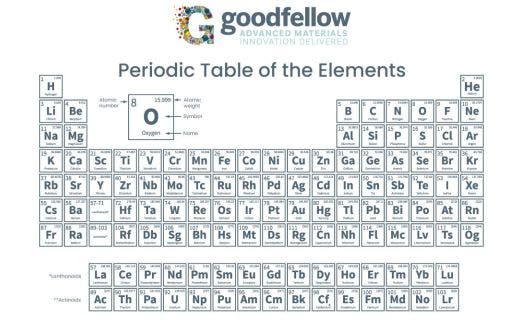
The periodic table is a chart that shows all of the elements, arranged by their atomic properties, which are the materials that make up everything in the world.
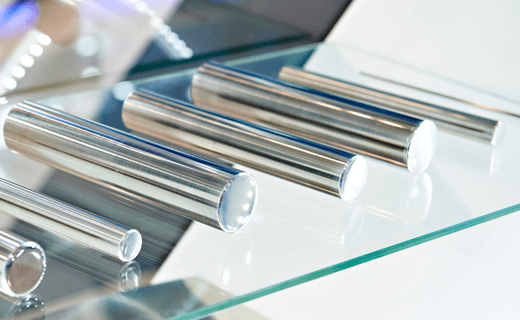
Alloys are mixtures of two or more elements in which at least one is a metal. Metal alloys are widely used in engineering because they can have a wide range of properties beyond those offered by the base metals they contain. Alloys used in engineering may be chosen for their hardness, electrical conductivity, strength, and corrosion resistance.

From the delicate porcelain teacup to the spark plugs in a car, ceramic materials are ubiquitous yet often under-appreciated. The history of ceramics stretches back millennia, playing a crucial role in the development of human civilization.

Metals and metal alloys play an important role in the development of medical implants and devices. Different metals have properties that make them suited for different purposes, like strength, thermal conductivity, and biocompatibility. Choosing the right material for the device in question ensures that it will be both functional and safe for the patient.
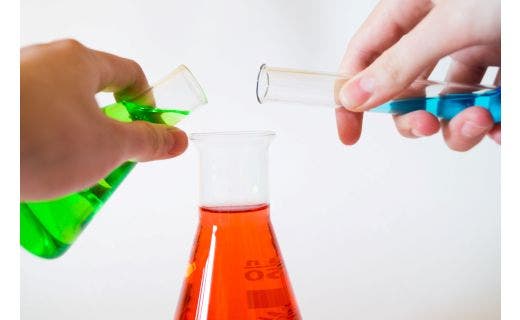
Materials science focuses on how different materials work & what we can do with them. Researchers in materials science develop and study a variety of materials.
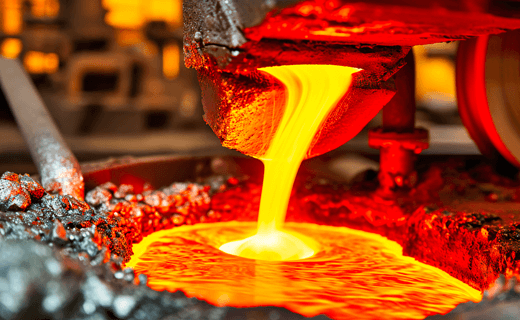
Metallurgy is the material science and technology of metals and alloys. Learn more about materials science with Goodfellow's blogs.

Avionics are electronic systems used on aircraft, including those that support navigation, fuel management, and communication as well as flight data recorders and autopilot systems.
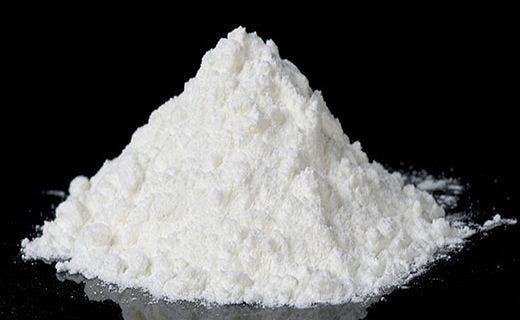
Titanium dioxide is a naturally occurring oxide of the metal, titanium. It is chemical compound, with the formula of one titanium atom and two oxygen atoms, usually white in appearance and is insoluble in water.1 It is a bewitching compound with the unique ability to reflect and scatter light, making it a popular ingredient for a wide range of applications, including in cosmetics – such as theatre blood, paints and food products.
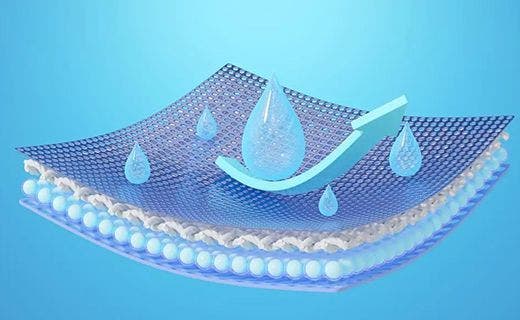
This month we take a look at the new contender entering the arena for renewable fuel sources, the most water-repellent surface ever created, a 3D printed rocket engine nozzle for deep space, tougher ceramics with extra electrons and a scientific article on a novel environmentally friendly acid-based catalyst with graphene oxide foundations.